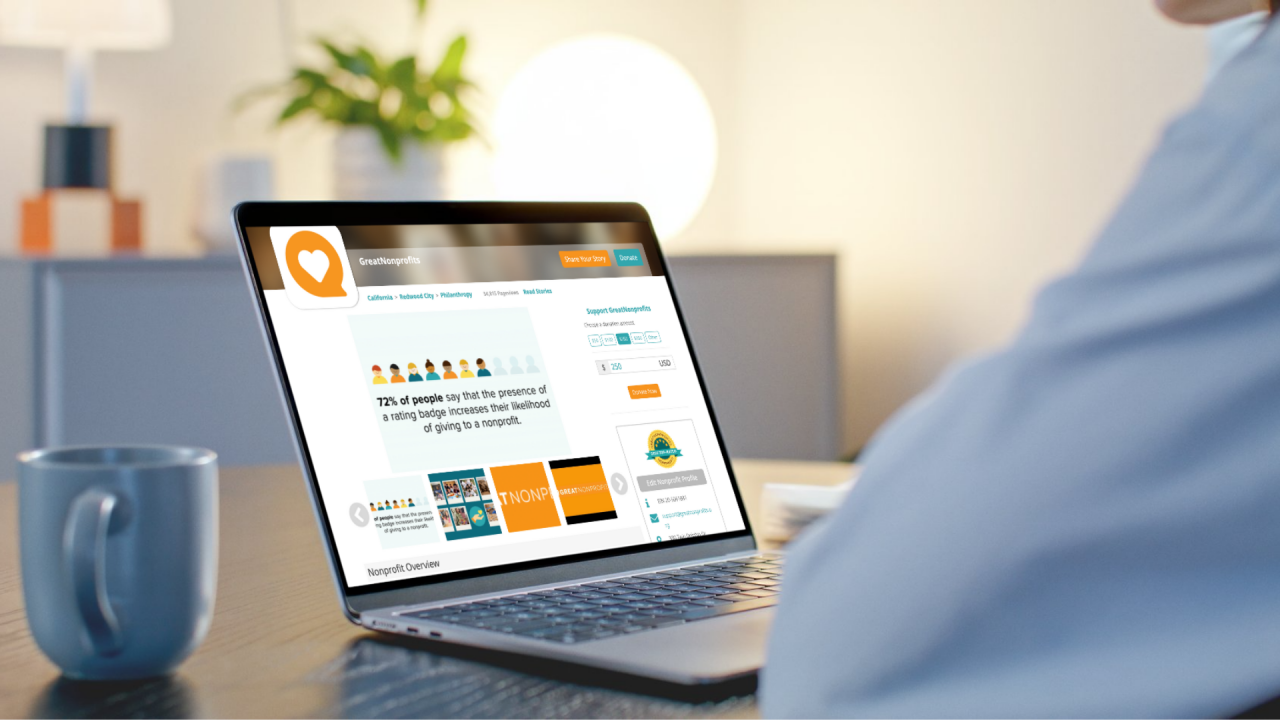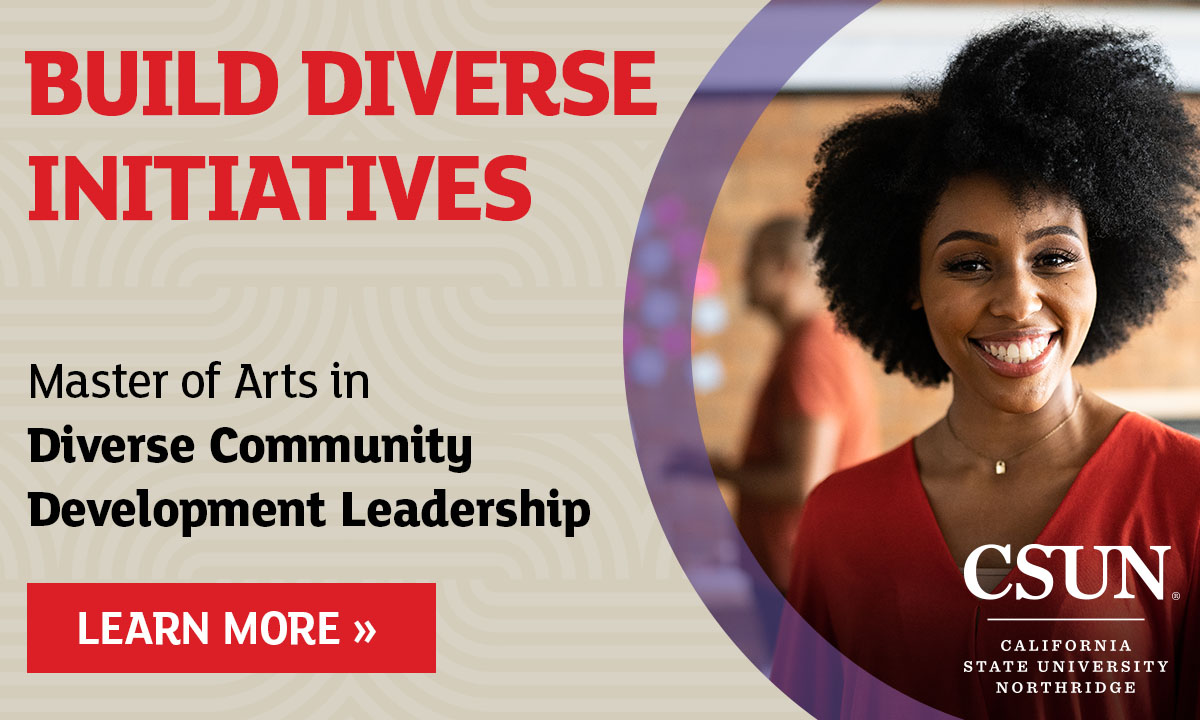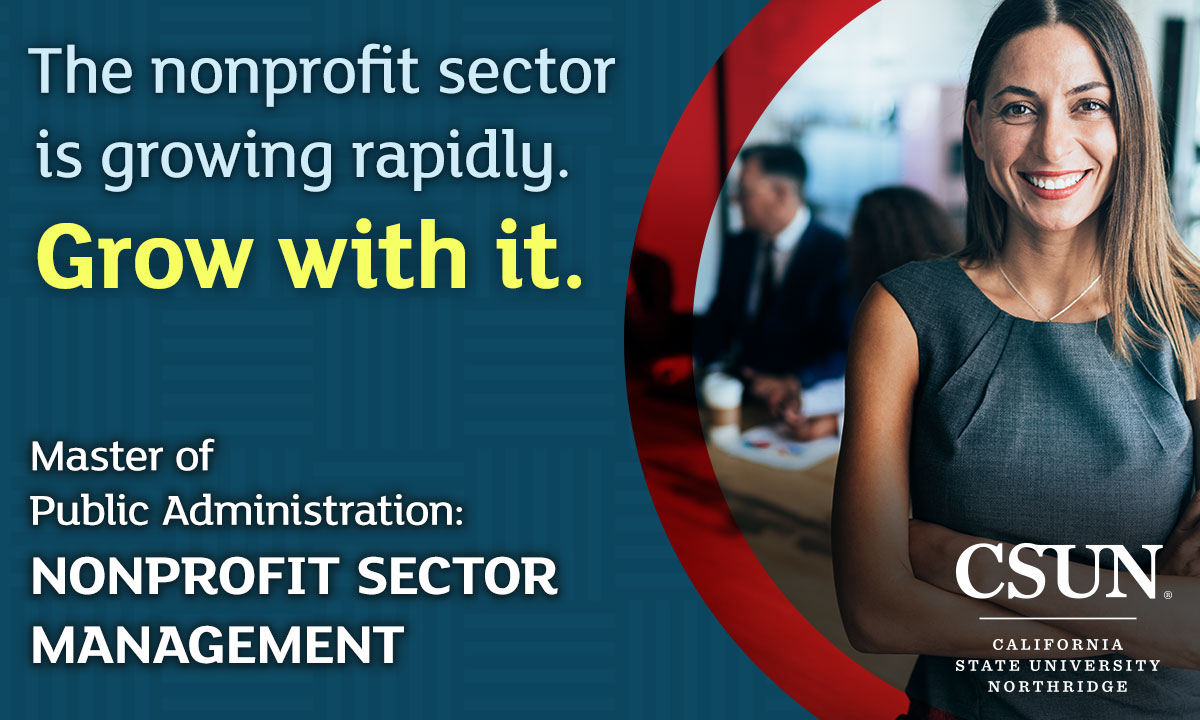7 Ways Non-Profits Can Capitalize on Employment Information
 This blog content has been provided by HEPdata.
This blog content has been provided by HEPdata.
Over the past year, HEPdata has helped hundreds of universities and non-profits track down current employment information on their constituents. By tapping into publicly available sources of information, including screening social media sites like LinkedIn and Twitter, the average non-profit can expect to see a 30-50% increase in the amount of employment information available to them using HEP’s EmployerFind service. While this may sound great, we all know that the real value of employment data is only realized when your institution can actually do something with it. So what can you do with employment information? Here are the top 7 recommendations from HEPdata.
1. Find “lost” constituents.
Universities and non-profits lose touch with a significant number of constituents over time. Most people are just too busy to maintain information with multiple organizations when they march through life, even though they still have strong feelings of affinity. Screening your constituents for employer information provides you with what is needed to re-engage them in meaningful ways.
2. Capitalize on matching gifts.
Most donors do not even realize that they work for companies with matching gift programs that on average will double their donation, leaving money on the table for your organization. Employment data is also useful to attract new donors, as constituents are much more likely to give when they know that their donation will be matched by their companies. Screening your constituents for employer information, combined with identification of matching gift companies is one of the simplest and fastest ways to increase annual giving.
3. Identify top prospects.
Access to current job titles and employers gives you a wealth of information to estimate the giving potential of your constituents. With employer data, you can segment your constituent population by top job titles at top companies to make sure that you are focusing your time and attention effectively. Tailor your engagement strategy appropriately to take advantage of top prospects – you want to avoid asking a donor for $200 when they are willing and capable of giving $20,000.
4. Update email addresses.
Many of HEP’s clients have a database full of outdated or invalid email addresses. As people move over time, so changes their email address. This means your organization is losing out on one of the most powerful ways to connect. Recent research from RuffaloCody suggests that you are not only more likely to receive donations from constituents with a current email, but these constituents are also more likely to give greater amounts. Armed with the name of the current employer, HEPdata has a 60% chance of providing you with a current, valid email address.
5. Engage with constituents.
The more you know about your constituents, the more likely you will be able to reach out in meaningful ways. No one likes getting calls from people asking for money that they haven’t heard from in years – it’s the same with your non-profit. But knowing someone’s job title and employer opens the door to new and interesting conversations, like 1) “What do you see as one of the most important trends in your industry?”; 2) “How do we make sure that we continue to be relevant in the future in the face of these trends?” and 3) “Would you like to help us do that…?”.
6. Expand affinity programs.
There are many ways for your constituents to help bring value to your organization, and non-profits need to think more creatively about how to encourage new modes of giving. Knowing the job experience of constituents opens up an entirely new arena of engagement, such as tapping into specialized areas of expertise. Just about everyone loves being identified as an expert and feels highly complimented when asked to express their opinions. Schools are especially fortunate in this regard, as there are countless opportunities across the academic units to engage with alumni of all ages to mentor students, serve as guest speakers, participate as panelists and bring current topics and projects into the classroom experience. The academic units rely heavily on advancement to identify alumni-expertise, and building multi-faceted relationships with constituents strengthens connections by providing a variety of avenues for giving back.
7. Connect more meaningfully with organizations and corporate foundations.
Tapping into corporate networks matters. Your organization should not only understand and target affinities with individual constituents, but have a strategy to leverage employer data as a way to strengthen relationships with corporations. According to a recent article posted at Inside Higher Ed, companies are pursuing a more strategic approach to guide their philanthropic giving. Knowing how many and what types of your non-profit constituents work for specific employers helps you segment and develop a corporate giving strategy based on actual data to demonstrate how the 2 organizations are connected. So, this is a short list from HEPdata. What is your organization doing to create value from employer data?




















